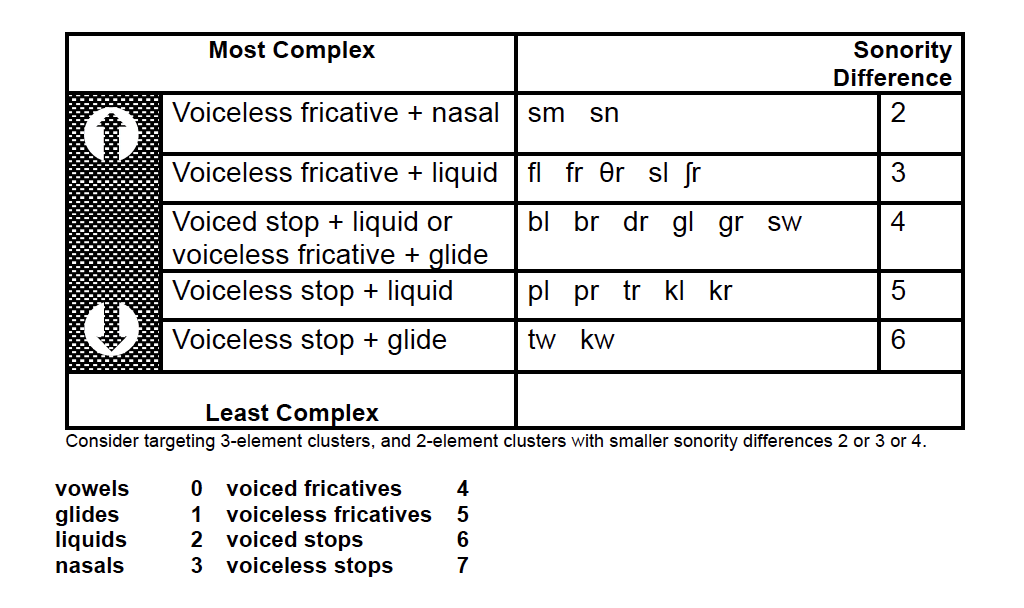


Then by adding "vocalic liquid" and "vocalic nasal", up there with regular vowel, you can separate all of the common syllabic consonants, and not include schwa in your transcription of English. By adding "vowel" versus "glide" into your segment clasification, you can get "i" as syllable peak and "j" as "not the peak but right next to it in sonority" (or, to use the shorter term, "glide"). In many languages, and are exactly the same segment, differing only in syllable function. Syllable peak-hood simply cannot be predicted from segmental content.
NLTK SYLLABLES SONORITY PLUS
There is a solution in English, which is to re-transcribe syllabic sonorants so that they are written as schwa plus sonorant, thus.
NLTK SYLLABLES SONORITY HOW TO
Though affricates count as a single phone in margins, diphthongs usually count as two phones, but the details of how to treat such complex phones depend on the. The most common analysis of syllables is that every syllable must have a nucleus, which always contains at least one phone. This fails spectacularly when consonants in fact are the peak of a syllable, as happens in a number of languages. Syllable structure for the English word approach. This approach attempts to predict "syllabicity", or the fact of being a syllable peak, purely from the segmental classification as you've given it. import nltk from functools import lrucache from itertools import product as iterprod try: arpabet () except LookupError: nltk.download('cmudict') arpabet () lrucache() def wordbreak(s): s s.lower() if s in arpabet: return arpabets middle. Unfortunately, you're dealing with somebody's special theory of sonority, so you have to ask the instructor what's acceptable. I encountered the same issue, and I solved it by partitioning unknown recursively (see wordbreak). How do I make sonority curves for these words? We have a syllabic consonant right after a vowel. Thus nuclear elements, or syllabic segments can be described as intrinsically more sonorous than marginal, or non-syllabic elements. How do I make a sonority curve for it? I've made a curve, but it only has one peak: The sonority of a speech sound is discussed as its relative loudness compared to other sounds (Giegerich, 1992: 132) and each syllable corresponds to a peak in the flow rate of pulmonic air. If I pronounce it, there are two syllables in it.

NLTK nobiliary particle Nomenclaturism nominalization (etymology). The red ones are the regular peaks but I need another peak at the blue dot.Īnother example would be 'parent'. semantics sentence sound syllable tense typology verb vowel. I've made a curve for this but there are only two peaks in that curve and I don't know how else to make three peaks. In the second syllable, the peak is formed by a syllabic L, because syllabic consonants can form a syllable on their own.īut what if we have a vowel right after a syllabic consonant?įor example, if the word 'battling' is pronounced with three syllables:, how do I make a sonority curve for it? It may also be true for other languages, but consider English.įor example, if the word 'metal' is pronounced, it's sonority curve would be: The number of syllables depend on the pronunciation. I've learnt that the number of peaks of sonority in a sonority curve determines the number of syllables in a word.


 0 kommentar(er)
0 kommentar(er)
